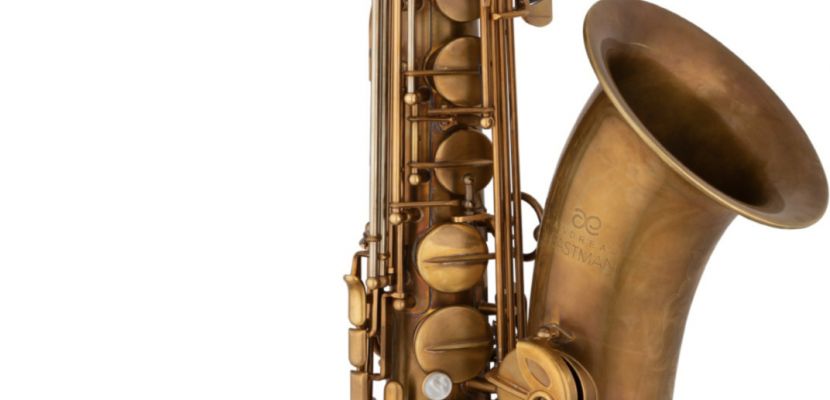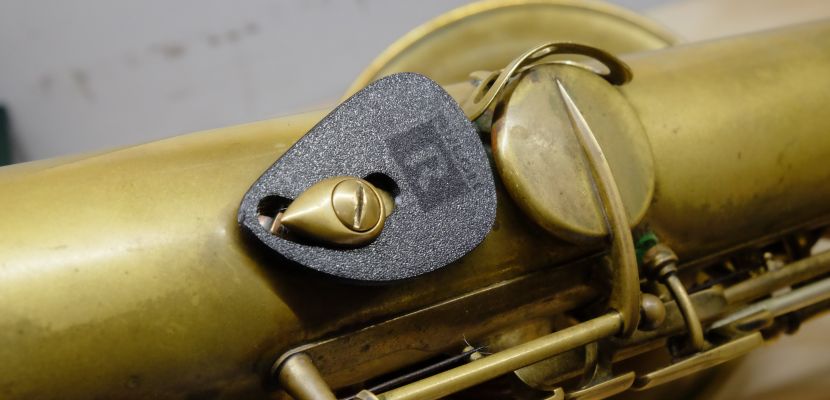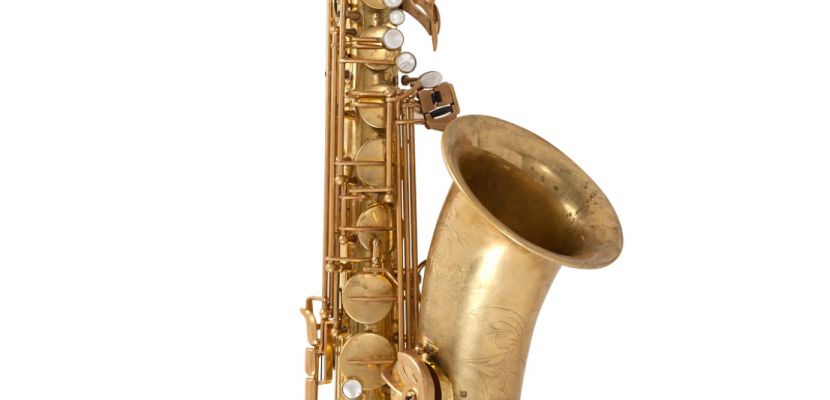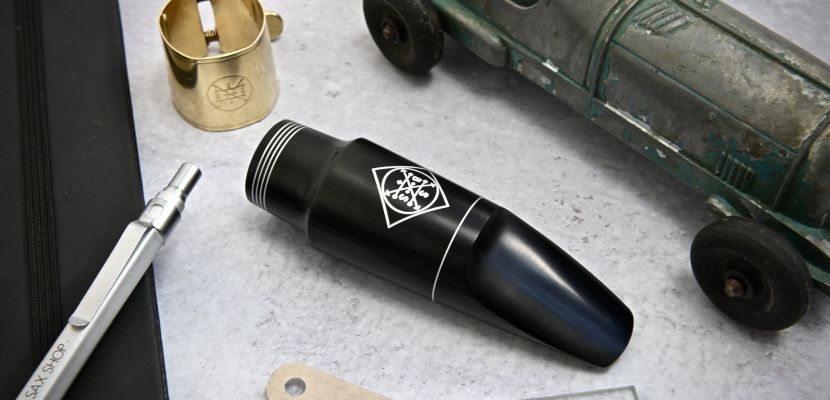The Beast From The East
This week I got to try out the new version of the Eastman 52nd Street for the first time and I’m not sure what we’re meant to call it....Mark II, Revision B, 53rd st?!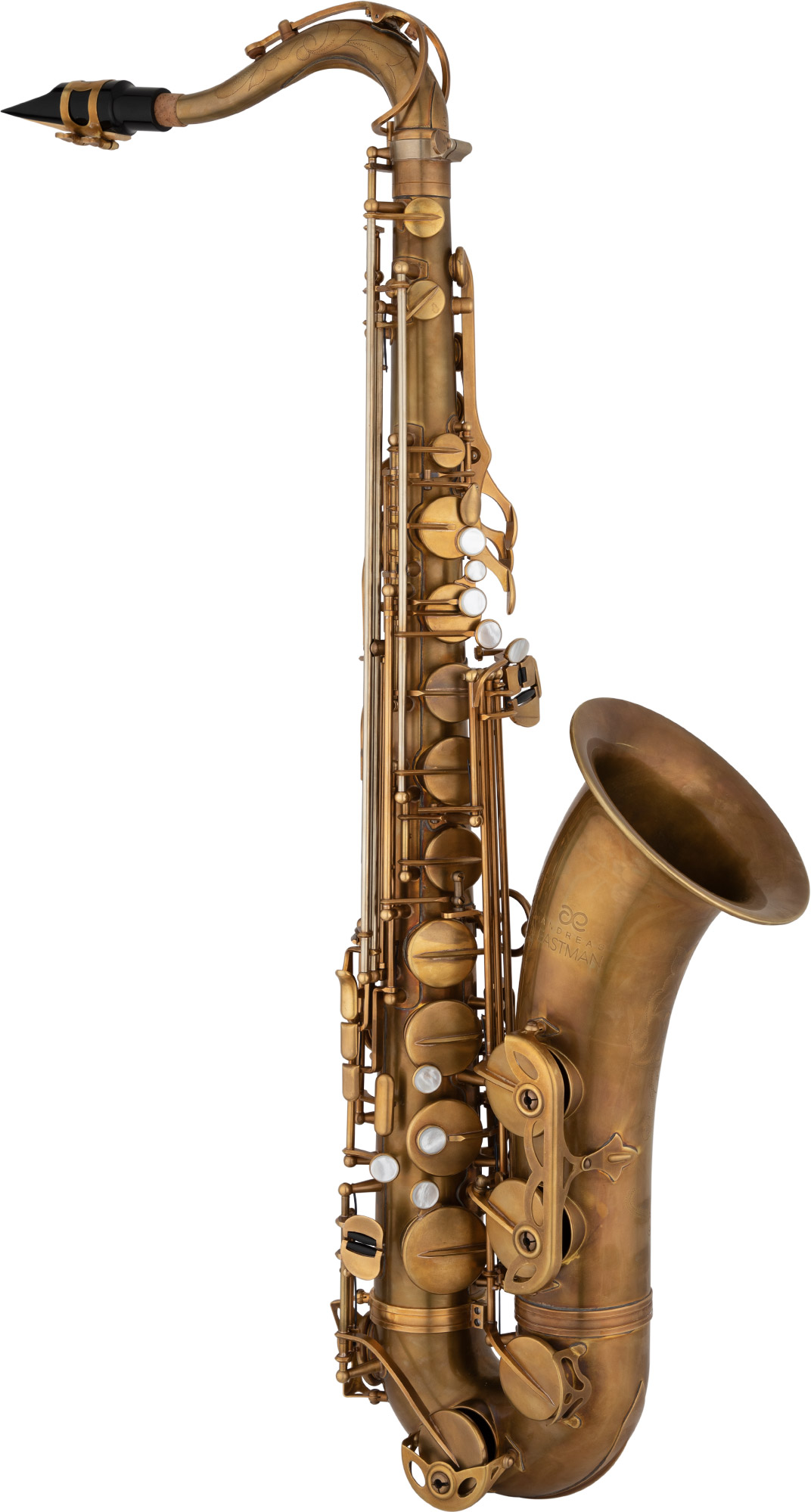
Eastman just call it the same thing, but they had to really because it’s one of the only things about it that’s still the same…*audible gasp*
If I only mentioned the things that are still the same you’d be one sentence away from finishing this blog: It’s still un-lacquered, it still has “rolled” tone holes, and it still says Eastman on the bell…and that’s about it for similarities.
Seriously though here’s a rundown of the more noticeable changes that have been made in no particular order:
-
The neck has an ever so slightly lower angle (less pointy-uppy) which you’d think would make it a bit more resistant and less free blowing but I swapped them around a bit and there was naff all difference so it’s not a big deal for me.
-
Eb/C: on the original 52nd St this was quite big and curved up a lot on the Eb a bit like a super 80. On the new version they’ve dialed it back a lot to be a smaller, flatter design a bit more like a mark VI, nice.
-
Double brace key arms have been ditched for lighter traditional single ones.
-
It now has normal fixed palm keys and not the adjustable Keilwerth style ones, they're pretty much in the right place anyway.
-
Bell to body brace: Originally a standard flat profile 3-point ring like a lot of modern horns, but now they’re using a mark VI style round profile 2-point one. There will be some structural implications I’m sure but really it’s an aesthetic thing I think and another nod to the mark VI.
-
Alternate F# was oval shaped but is now a round pearl just like a VI, I couldn’t care less and not really sure why I'm mentioning it.
-
Nickel silver neck tenon receiver clamp and G & high F# key rods, It's always made sense to me on a mark VI.
-
They’ve ditched the lyre box in flagrant disregard for marching bands, shocker.
-
They’ve added a low Db key guard which is a nice touch that you barely see on other horns, I’ve always felt it’s a rather vulnerable part of the horn.
-
Key-touches are now a traditional white pearl style not the dark ‘smokey’ pearl style like the original version….meh, whatever.
-
The original left hand pinky table was quite large almost mark VII style table but the new version has a smaller more traditional sized one which I guessed shaved a few grams off, but it looks a bit neater and doesn’t seemed to have compromised ergonomics, go team!
I could go on, but I will end up listing every single part of the instrument eventually that isn’t the bell, bow or body, and I’d be calling those out if it wasn’t for the new Eastman 52nd street's uncannily idiosyncratic dark tone.
You might think I’m accusing Eastman of bastardising what I’ve previously coveted as my ‘favourite modern tenor on the market’ …but I’m not, simply because they really haven’t. Somehow, they’ve changed just about everything about the horn and come up with something that has that same dark sound and robust construction but is slightly lighter, neater, and with a more refined, dare I say it ….‘focused’ sound.
*puts £1 in the Mark VI jar*
There’s no doubt that the original Eastman is the fatter sounding horn of the two, the newer version sounds less like the vintage American horn sound that I believe inspired the original and more like a Selmer, so I guess that will appeal to some people but clearly not to everyone. If you liked the original one because it sounded massive you might not be blown away by the new version, but if you didn’t buy a 52nd Street first time round purely because it was a bit heavy and didn’t quite sit right under your fingers, you’re going to want to smash up your piggy bank right about now.
Eastman say that this new version is 100% made in their dedicated factory in China as opposed to the original which was made in Taiwan, presumably by one of the many highly skilled factories there offering stencil horns. They certainly made some great decisions for the first one because it turned out fantastic, but now they’ve taken that essence (bore geometry I guess?) and refined it in their own factory, controlling the production from start to finish and really looking after the small details. This doesn’t feel like another ‘design by committee’ horn either, it feels like a horn with a singular vision and clear objectives. A lot of people claim to make modern horns that are ‘vintage inspired’ or ‘based on a mark VI’ and usually this is just marketing waffle, but I think Eastman have done a pretty good job here creating somewhat of a homage to the VI without being too much of a dick about it.
The long and the short of it is that despite changing pretty much everything on it, the Eastman 52nd St is still my favourite modern tenor on the market and for many of the same reasons as the original. If they make one with a ‘no high F#’ option I may well consider owning it.
And I almost forgot, It comes with a proper end plug with cork and everything!
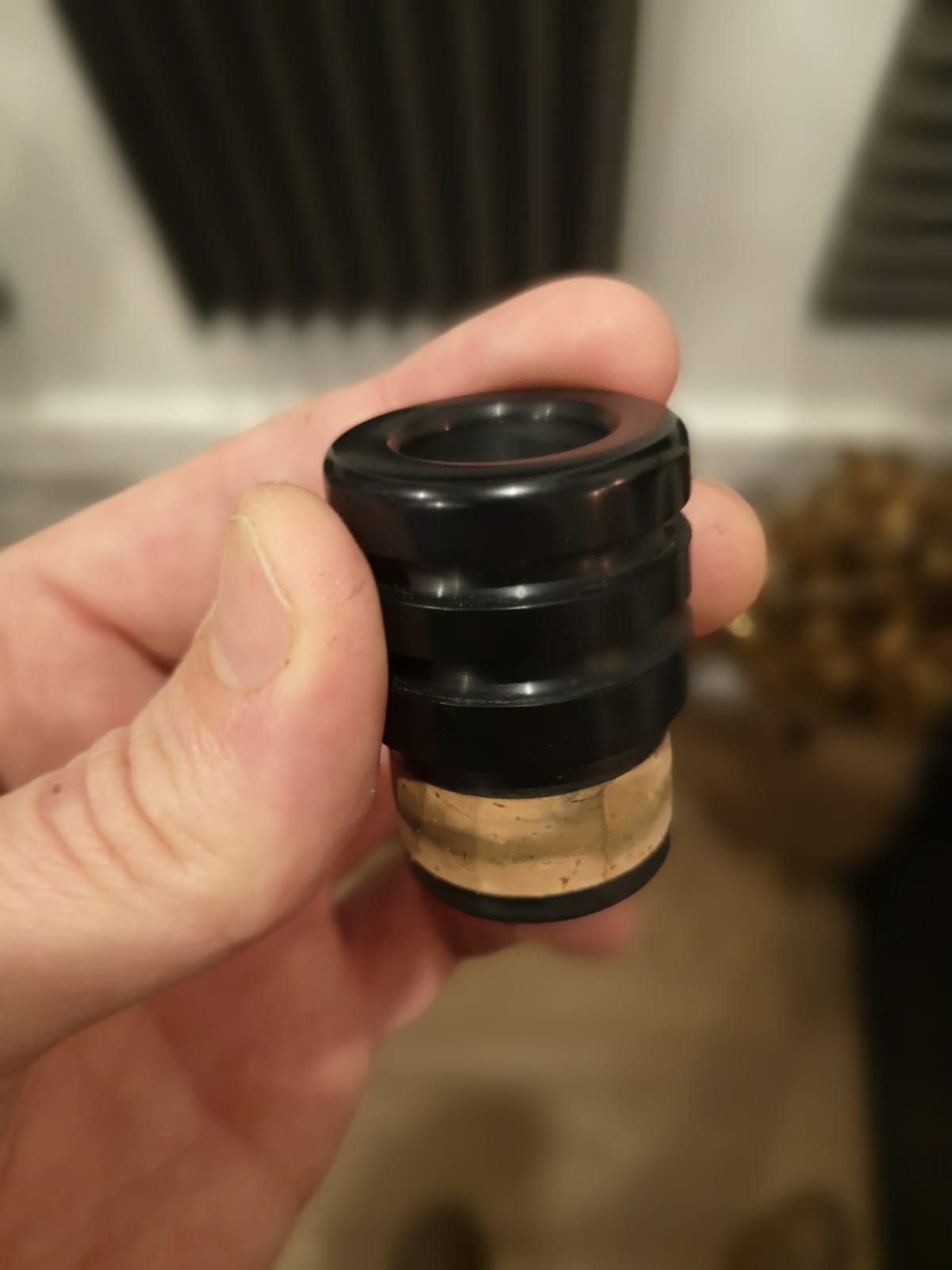
…that’ll do, pig. That’ll do.

